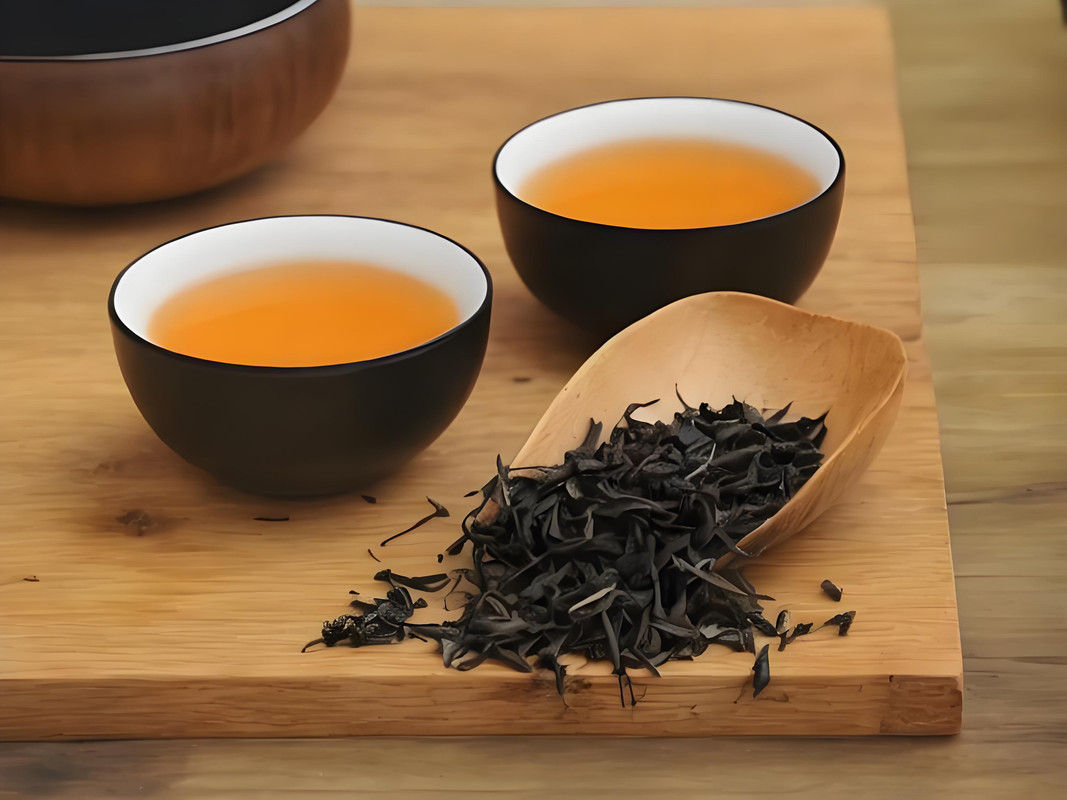Ceramic teaware, with its delicate balance of artistry and functionality, has been shaped by centuries of tradition and innovation across continents. From the misty hills of China to the volcanic soils of Japan, the clay beds of Europe, and the modern studios of the West, each region has imprinted its unique character onto tea vessels. This article explores the world’s most celebrated ceramic teaware origins, revealing how geography, history, and craftsmanship converge to create timeless pieces.

1. Jingdezhen, China: The Porcelain Capital
Known as the “Porcelain Capital of the World,” Jingdezhen in Jiangxi Province has been the heart of Chinese ceramic production for over 1,700 years.
- Legacy: Established during the Han Dynasty (206 BCE–220 CE), Jingdezhen perfected porcelain-making during the Song Dynasty, using local kaolin clay and petuntse stone. By the Ming Dynasty (1368–1644), its cobalt-blue-and-white qinghua porcelain adorned imperial courts.
- Craftsmanship: Master artisans still employ traditional techniques like wheel-throwing, high-fire kilns (up to 1,400°C), and hand-painted underglazes. The city’s “ghostly” white dehua porcelain, prized for its translucence, remains a benchmark for purity.
- Iconic Teaware: Jingdezhen is famed for its gaiwan (lidded bowls), yixing clay teapots (though Yixing in Jiangsu is the true birthplace of purple clay), and intricately carved famille-rose tea sets.
2. Yixing, Jiangsu: The Birthplace of Zisha Clay
Nestled in China’s Yangtze Delta, Yixing is synonymous with zisha (purple clay) teaware, revered for its porous, flavor-enhancing properties.
- Unique Material: Yixing’s iron-rich clay, mined from local hills, develops a patina over time, absorbing tea oils to deepen flavor. Each pot is traditionally dedicated to one tea type.
- History: Zisha craft dates to the Song Dynasty but peaked during the Ming, when tea master Shi Dabin elevated it to an art form. Today, Yixing pots are prized by collectors, with some fetching astronomical prices at auction.
- Design: Minimalist, unglazed forms dominate, though modern artisans experiment with sculptural shapes and inlaid precious metals.
3. Arita, Japan: The Cradle of Japanese Porcelain
Nestled in Japan’s Saga Prefecture, Arita revolutionized tea culture in the 17th century by introducing porcelain to Japan via Korean potters.
- Kakiemon and Imari Styles: Arita’s signature styles include kakiemon (delicate white porcelain with overglaze enamels) and Imari (cobalt-blue underglazes with iron-red and gold accents). These designs became sought-after in Europe, where they were dubbed “Japan ware.”
- Modern Revival: Contemporary Arita artisans like Makoto Komatsu blend tradition with avant-garde forms, pushing porcelain’s limits while honoring ancestral techniques.
4. Tokoname, Japan: The Zen of Stoneware
Located in Aichi Prefecture, Tokoname is Japan’s oldest pottery center, renowned for its red stoneware and rustic tea utensils.
- Clay Composition: Tokoname’s iron-rich clay, fired at high temperatures, yields a warm, earthy tone ideal for teapots. The clay’s natural alkalinity softens water, enhancing the taste of green teas like sencha.
- Design Philosophy: Tokoname ware embodies wabi-sabi—the beauty of imperfection. Artisans often leave tool marks and asymmetrical shapes, reflecting Zen Buddhism’s embrace of transience.
5. Delft, Netherlands: European Blue-and-White
Though not native to clay, Delft became a 17th-century ceramic powerhouse by emulating Chinese qinghua porcelain.
- Tin-Glazed Earthenware: Dutch potters coated earthenware with opaque white tin glaze, hand-painting cobalt-blue motifs of windmills, tulips, and landscapes.
- Teaware Legacy: Delftware teapots and cups, often adorned with gilded rims, became status symbols in European salons. Today, Royal Delft (De Koninklijke Porceleyne Fles) continues the tradition with contemporary designs.
6. Stoke-on-Trent, England: The Birthplace of Bone China
Dubbed the “Potteries,” Stoke-on-Trent pioneered bone china in the 18th century by adding bone ash to clay, creating a translucent, chip-resistant material.
- Iconic Brands: Companies like Wedgwood, Spode, and Royal Doulton perfected bone china, producing delicate tea sets adorned with neoclassical motifs.
- Modern Innovation: Stoke’s potters now fuse heritage with sustainability, using recycled materials and eco-friendly glazes.
7. Meissen, Germany: The First European Porcelain
In 1708, alchemist Johann Friedrich Böttger discovered porcelain-making secrets in Meissen, Saxony, ending China’s monopoly.
- Meissen Blue: The factory’s signature cobalt-blue cross-sword mark and hand-painted Onion Pattern (a stylized peony and bamboo design) became symbols of luxury.
- Teaware: Meissen’s figurative tea sets, often featuring Baroque cherubs or floral garlands, remain coveted collectibles.
8. Contemporary Hubs: Pushing Boundaries
While tradition reigns in historic centers, modern studios globally are redefining ceramic teaware:
- United States: Potteries in California and North Carolina experiment with wood-fired stoneware and abstract forms.
- Taiwan: Artists like Huang Xiangle blend Yixing clay with modernist minimalism.
- South Korea: Onggi stoneware, traditionally used for fermentation, is repurposed into organic tea vessels.
Conclusion
Ceramic teaware is a testament to humanity’s ability to transform earth and fire into objects of beauty and utility. From Jingdezhen’s imperial porcelain to Meissen’s Baroque masterpieces, each产地 tells a story of craft, culture, and the enduring allure of tea. As modern artisans continue to innovate, the ancient dance of clay and kiln endures—a bridge between past and present. 🍵



